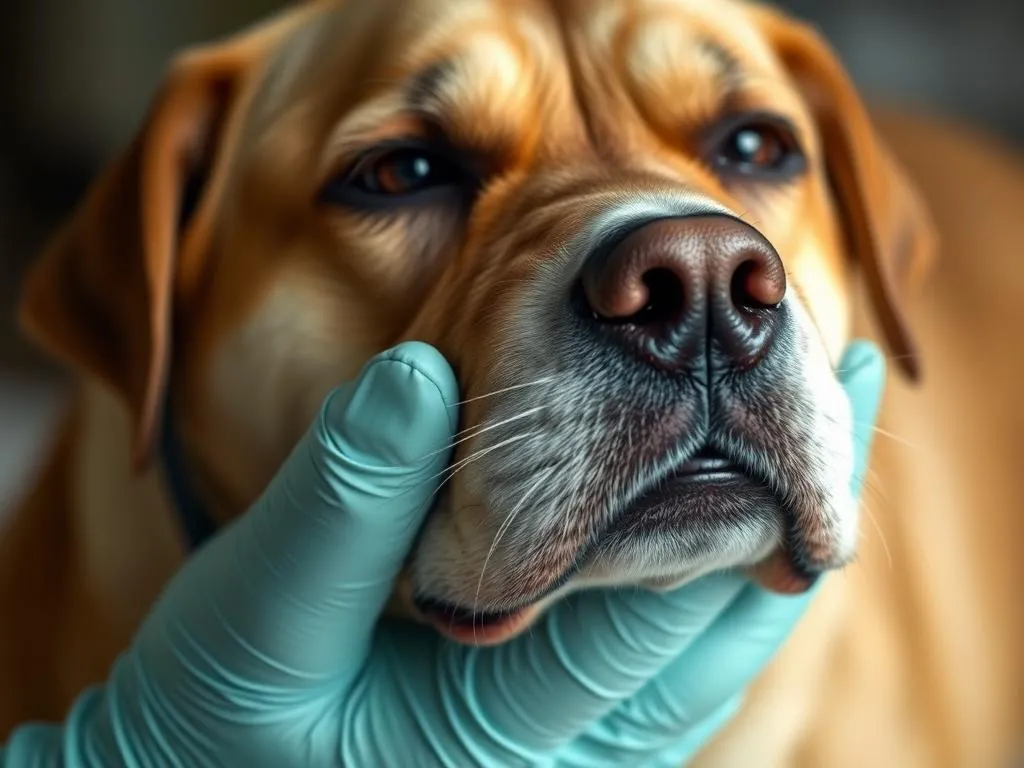
Introduction
Scabies in dogs, also known as sarcoptic mange, is a highly contagious skin condition caused by tiny mites. Understanding scabies is crucial for dog owners, as early detection and treatment can prevent the condition from worsening and affecting your pet’s quality of life. In this article, we will explore the causes, symptoms, diagnosis, treatment options, and prevention strategies for scabies in dogs.
Understanding Scabies
What is Scabies?
Scabies is a skin condition caused by the Sarcoptes scabiei mite. These microscopic parasites burrow into the skin, leading to intense itching, inflammation, and discomfort for the affected dog. Unlike other skin conditions such as allergies or flea infestations, scabies is specifically caused by these mites and requires targeted treatment.
Causes of Scabies in Dogs
The primary cause of scabies is the Sarcoptes scabiei mite. These mites are highly contagious and can easily spread from one dog to another through direct contact or through contaminated environments. Dogs that are in close contact with infected animals, such as in shelters or dog parks, are at a higher risk. The condition can also spread through bedding, grooming tools, or any shared spaces.
At-Risk Breeds
Certain dog breeds are more susceptible to scabies due to their skin type or immune response. Breeds commonly affected include:
- Terriers (e.g., Jack Russell, Scottish)
- Sighthounds (e.g., Greyhounds)
- Dachshunds
- Chow Chows
- American Bulldogs
Additionally, puppies, older dogs, and those with compromised immune systems are at increased risk due to their vulnerability.
Symptoms of Scabies in Dogs
Common Signs to Look For
The first sign of scabies in dogs is usually intense itching. Dogs may scratch, bite, or lick affected areas excessively. Other common symptoms include:
- Red, inflamed skin: Areas may appear swollen and irritated.
- Hair loss in patches: As the condition progresses, dogs may develop bald patches, particularly around the ears, elbows, and abdomen.
Advanced Symptoms
If left untreated, scabies can lead to more severe symptoms, including:
- Secondary infections: Bacterial or fungal infections may develop due to open sores from scratching.
- Scabs and sores: The skin may become covered in scabs or sores as the dog continues to scratch or bite at the irritated areas.
- Behavioral changes: Dogs may become anxious or restless due to discomfort and irritation.
Diagnosis of Scabies
Veterinary Examination
If you suspect your dog has scabies, a visit to the vet is essential. During the examination, the vet will perform a thorough visual inspection of your dog’s skin and may conduct a skin scraping to identify the presence of mites. Expect to provide information about your dog’s symptoms and any potential exposure to infected animals.
Differential Diagnosis
Several other skin conditions can mimic the symptoms of scabies, including allergies, flea infestations, and other types of mange. Accurate diagnosis is crucial for effective treatment, as the treatment for each condition can differ significantly.
Treatment Options for Scabies
Veterinary Treatments
Once diagnosed, your vet will recommend appropriate treatments for scabies in dogs. Common options include:
- Prescription medications: These may include topical treatments, such as medicated shampoos or ointments, and oral medications that target the mites directly.
- Antibiotics: If your dog has developed secondary infections, your vet may prescribe antibiotics to help heal the skin.
Home Care and Management
In addition to veterinary treatment, at-home care is vital for managing scabies. Recommendations may include:
- Regular bathing: Use vet-recommended shampoos to soothe your dog’s skin and remove scabs.
- Skin care: Moisturizing ointments may be suggested to alleviate dryness and promote healing.
- Environmental cleaning: Thoroughly clean your dog’s living space, including washing bedding and vacuuming carpets, to eliminate any remaining mites.
Prevention Strategies
Preventing scabies is crucial, especially if you have multiple pets or frequently visit dog parks. Tips for preventing scabies include:
- Regular vet check-ups: Routine examinations can help catch skin issues early.
- Flea control: Maintaining a comprehensive flea prevention regimen can reduce the risk of skin conditions, including scabies.
FAQs About Scabies in Dogs
Can Scabies Spread to Humans?
Yes, scabies in dogs can potentially spread to humans, although this is less common. The Sarcoptes scabiei mite can cause a similar skin condition in humans, known as scabies, which leads to itching and irritation. To minimize risk, pet owners should practice good hygiene, such as washing hands after handling their pets and avoiding close contact with infected animals.
How Long Does Treatment Take?
Recovery from scabies varies from dog to dog, but with prompt treatment, most dogs start to see improvement within a few weeks. Factors that can affect healing include:
- Age: Younger or older dogs may take longer to recover.
- Overall health: Dogs with weakened immune systems may require more time to heal.
What to Do If You Suspect Your Dog Has Scabies
If you suspect your dog has scabies, it’s crucial to avoid self-treatment. Instead, take these steps:
- Observe symptoms: Keep track of your dog’s symptoms and behaviors.
- Schedule a vet appointment: Contact your veterinarian as soon as possible for an evaluation.
- Isolate your dog: If you have other pets, try to keep your infected dog separate to prevent the spread of mites.
Conclusion
In summary, understanding scabies in dogs is essential for all pet owners. Recognizing the symptoms early and seeking prompt veterinary care can make a significant difference in your dog’s recovery. Remember that responsible pet ownership includes regular health monitoring and preventative measures to keep your furry friends safe from infections like scabies.
If you notice any signs of scabies, don’t hesitate to contact your veterinarian for advice and treatment options. Being proactive in your dog’s health can lead to a happier and healthier life for your beloved pet.









